Pianosa, au cœur de l’archipel toscan, est une destination singulière qui attire aujourd’hui les visiteurs en quête de nature préservée et d’histoire insolite. Accessible uniquement dans le cadre d’excursions encadrées, elle séduit par son atmosphère intacte, son littoral cristallin et ses paysages marins protégés par le Parc national de l’archipel toscan.
Autrefois presque inaccessible en raison de la présence d’une colonie pénale active jusqu’à la fin du XXᵉ siècle, l’île est désormais un espace à la fois fragile et fascinant, où la biodiversité marine et terrestre est particulièrement bien conservée. Ses fonds marins, interdits longtemps à la navigation et à la pêche, figurent parmi les plus riches de la Méditerranée.
Avec ses 10,2 km² et son relief étonnamment plat (l’altitude maximale est de 29 mètres), Pianosa doit son nom à cette topographie singulière. C’est la seule île de l’archipel constituée exclusivement de roches sédimentaires néogènes et quaternaires, ce qui lui confère aussi un intérêt géologique.
L’île n’est pas seulement un joyau naturel : elle conserve aussi des témoignages humains anciens, depuis des habitats préhistoriques jusqu’à des vestiges romains comme une villa et des structures portuaires. Ce mélange de patrimoine archéologique, d’histoire carcérale et de paysages protégés rend la visite de Pianosa unique en Toscane.
How to Visit the Island & Things to See / Do
How to visit: access to Pianosa is mainly via guided tours organized or authorized by the Tuscan Archipelago National Park. Crossings mostly depart from Elba Island (Marina di Campo, Rio Marina) or from Piombino on the mainland. It is recommended to book in advance: the number of visitors allowed daily is limited to protect the environment. Visits generally combine boat transfers, guided walking or cycling tours, and visits to historical and natural sites.
Things to see / do:
- Catacombs and historical underground networks.
- Remains of the Roman villa and ancient port facilities.
- Forte Teglia and remnants related to the island’s prison history.
- Pianosa Lighthouse, visible from some coastal walks.
- Cala Giovanna (Cala San Giovanni): main beach where swimming is often allowed.
- Guided hikes and cycling tours — the island, being flat, is well suited to guided exploration.
- Snorkeling and observation of the seabed, known for its preservation.
- Birdwatching: numerous seabird species, some rare.
FAQ
1. Can I visit the island freely?
No: visits must take place within the framework of guided tours authorized by the park.
2. When is the best time to visit Pianosa?
The best period is from spring to early autumn, when tours and tourist services are active.
3. Are there accommodations on the island?
No: there are no permanent hotel facilities; the island is essentially uninhabited, and visitors generally return to Elba or the mainland the same day.
4. Is swimming allowed everywhere along the coasts?
No: access to some beaches and coastal areas is restricted; Cala Giovanna is one of the few beaches where swimming is generally allowed.
5. How can I book a tour on Pianosa?
Booking is done through operators authorized by the Tuscan Archipelago National Park, local tourist offices, or agencies based in Elba and Piombino.
Useful Links
- 1. Arcipelago Toscano National Park (official park website: visiting rules, conservation).
- 2. VisitTuscany — Pianosa: What to See and Do (practical advice and itinerary ideas).
- 3. Musei Arcipelago — Pianosa Itinerary (guide to archaeological and cultural sites).
- 4. Lonely Planet — Arcipelago Toscano National Park (overview of the park’s attractions).
Where is the island of Pianosa located and map
If you see this after your page is loaded completely, leafletJS files are missing.
Articles on the Tuscan Archipelago
- Islands of the Tuscan Archipelago
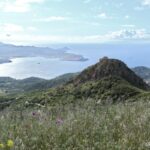 The Tuscan Archipelago National Park, established in 1996, covers approximately 61,000 hectares of land and 56,000 hectares of sea, making it the largest marine park in Europe. It includes the ...
The Tuscan Archipelago National Park, established in 1996, covers approximately 61,000 hectares of land and 56,000 hectares of sea, making it the largest marine park in Europe. It includes the ... - Elba island
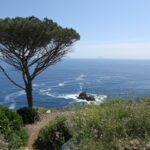 TheIsland of Elba is a heavenly place located more than 10 kilometers from the Tuscan coast. It is appreciated for its coast with its beaches, coves and diving sites, for its ...
TheIsland of Elba is a heavenly place located more than 10 kilometers from the Tuscan coast. It is appreciated for its coast with its beaches, coves and diving sites, for its ... - Giglio Island
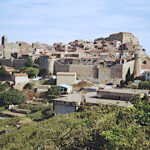 L’Île de Giglio, située au large de la côte toscane dans la mer Tyrrhénienne, à moins de 20 km du promontoire d’Orbetello, est la deuxième plus grande île de l’archipel ...
L’Île de Giglio, située au large de la côte toscane dans la mer Tyrrhénienne, à moins de 20 km du promontoire d’Orbetello, est la deuxième plus grande île de l’archipel ... - Capraia IslandCapraia est une petite île volcanique de l’archipel toscan, située en mer Tyrrhénienne à environ 62 km au nord-ouest de Livourne. C’est la troisième plus grande île de l’archipel après ...
- Giannutri island
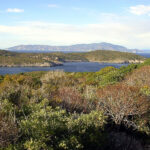 L’île de Giannutri est la plus méridionale de l’archipel toscan, située à une dizaine de kilomètres au sud de l’île du Giglio.De forme allongée (environ 5 km de long), elle ...
L’île de Giannutri est la plus méridionale de l’archipel toscan, située à une dizaine de kilomètres au sud de l’île du Giglio.De forme allongée (environ 5 km de long), elle ... - Montecristo Island
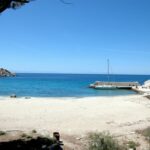 L’île de Montecristo est une petite île italienne située dans la mer Tyrrhénienne, au sud de l’île d’Elbe, faisant partie de l’archipel toscan. D’une superficie de 10,39 km², elle est ...
L’île de Montecristo est une petite île italienne située dans la mer Tyrrhénienne, au sud de l’île d’Elbe, faisant partie de l’archipel toscan. D’une superficie de 10,39 km², elle est ...


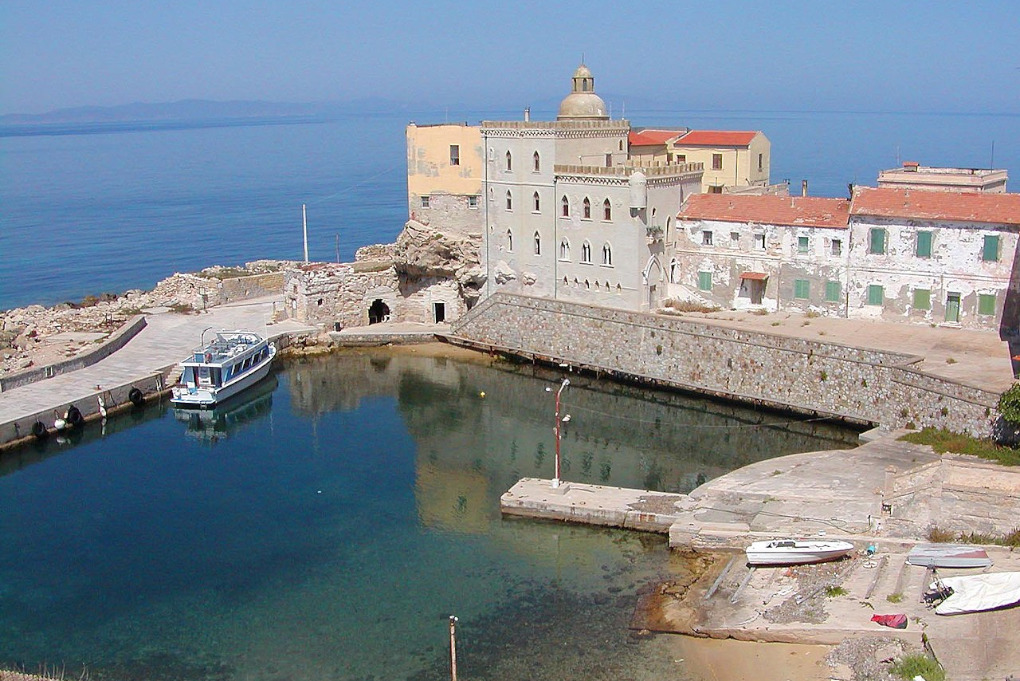
No Comments Yet